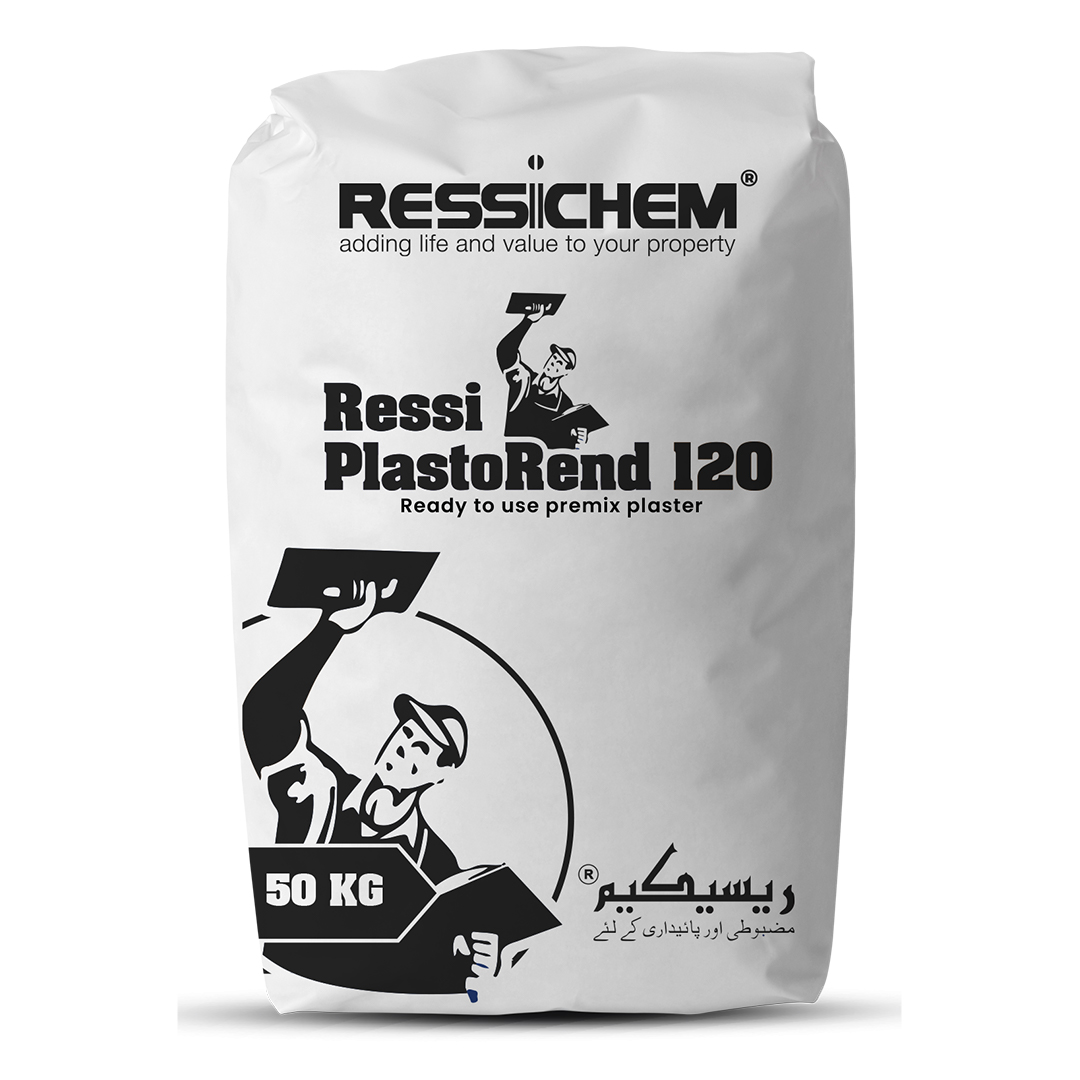Solution for Plaster Debonding for new construction
Debonding in newly constructed plastered surface occurs when plaster is separated from the wall. It can be caused by an excessively thick plaster layer, inadequate substrate preparation, carks in the base of the concrete or masonry or may be due to a dusty, oily, or dry substrate.
In older structures there can also be a variety of reasons due to which plaster is de-bonded. Over roof concrete surfaces, plaster is usually deboned due to the moisture ingress and corrosion of the reinforcement, this causes the plaster to be de-bonded. Furthermore, with regular usage of the structure and general wear and tear plaster de-bonding occurs. To repair the de-bonded surface, there are a few protocols that can be followed which can extend the life of the structure and provide relief.
There are a few basic steps which can be followed to repair the deboned plaster for new constructions.
Summary of application
Step 1: Removal of all old, deformed plaster and cleaning the area.
Step 2: Assessment of area and repair.
Step 3: Re-plastering using 3 different options.
A. Ressi PlastoRend 120.
B. Patch 365 Plus.
C. Adding Ressi SBR 5850 and Silmix in the Plaster Mix retaining walls).
Step 1: Removal of all old, deformed plaster and cleaning the area.
Prior to any repair work it is essential to clean the area of all the loose plaster. Once old, deformed works have been cleaned, there should be a thorough assessment of the area to make sure that there the right treatment for the problems is implemented.

Step 2: Assessment of area and repairing.
Once the de-bonded plaster has been removed, it is essential to have a detailed assessment of the area. Once the problems have been identified, a proper remedial solution can be suggested. Usually for new buildings under construction it is a case of inadequate surface preparation or poor mix or quality of the plastering materials. There may also be issues with regards to cracks on the base surface leading to plaster debonding. In any case if there are no structural problems, the plaster works can be easily repaired.
Assessment of cracks: Once upon inspection of the surface, if cracks are found on the base masonry or concrete, they can be repaired. If the cracks are on both sides of the concrete and masonry and are large voids, it is recommended to consult a structural engineer prior to any remedial works.
General cracks can be satisfied using a wide variety of cracks from the Ressichem Crack Heal range. Crack Heal 910 2K can be used to fill smaller voids. Crack Heal 910 2K can be used to fill larger voids over 4mm. Please refer to the technical datasheet of the products for further information.

Assessment of the surface: if upon inspection irregularities in the surface of the concrete or masonry are found, like dampness or salt bursts, they should be addressed. For guidance on how to address salt bursts and dampness, please refer to solution for addressing salt bursts using acid itching. In case there is an issue of dampness of the area, it should be addressed using Water Guard Crysta Coat 101.
Step 3: Replastering of the surface.
Once proper assessment is done and the base problems have been addressed, it is essential to replaster the walls using a proper material which will be durable. There are three ways to plaster the surface.
Using Ressi PlastoRend 120: If the area is dry and there is a chance of little or no moisture, it is recommended to apply Ressi PlastoRend 120 over the surface. Ressi PlastoRend 120 a cement based ready to use premix plaster for internal and external use. For further information with regards to the product and its application, please refer to the product datasheet and the system for base plastering proposed by Ressichem.
Using Patch 365 Plus: If there is a movement within the structure or a plaster with added flexibility and water resistance capabilities is required, Patch 365 Plus is an ideal product for that. Patch 365 Plus is a two-component dry premix repairing mortar useful for the repairing of old deformed plaster works, damaged floor screed with potholes and concrete where surface honeycombing has occurred. Please refer to the product technical datasheet for further information.

Adding Ressi SBR 5850 and Silmix in the plaster Mix: A plaster comprising of a good ratio can also be applied over the wall area. It is recommended to add Ressi SBR 5850 and Silmix into the plaster mix. The recommended dosage of Ressi SBR 5850 and Silmix is 1 Ltr each to be added with the mix of every 50 KG bag of cement. Once the plaster has been applied and cured properly. Subsequent treatment can be done over the wall.







